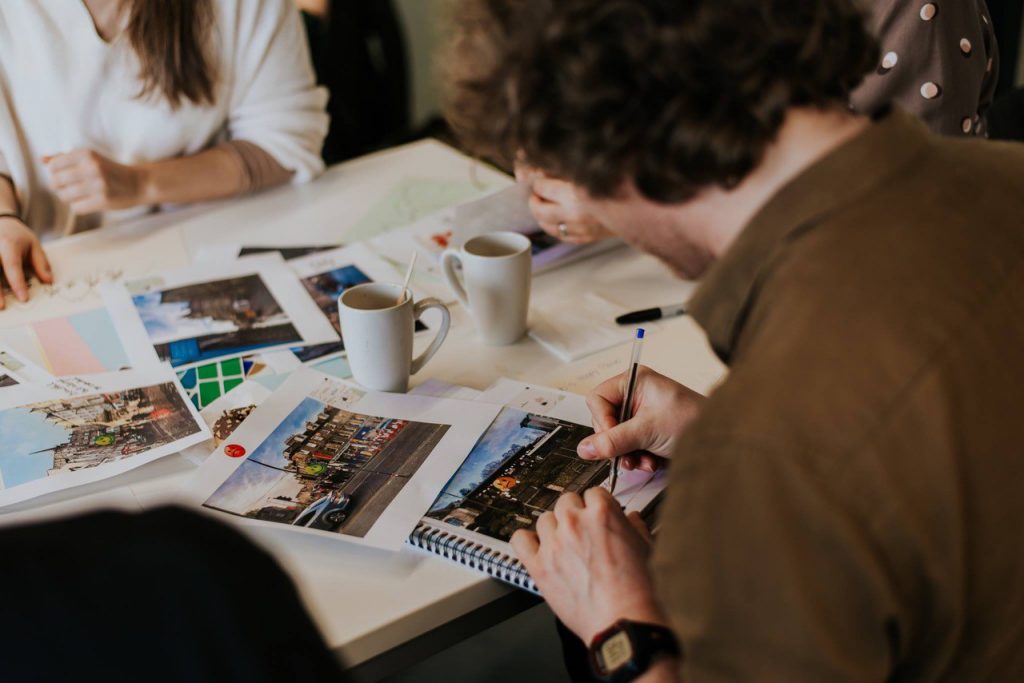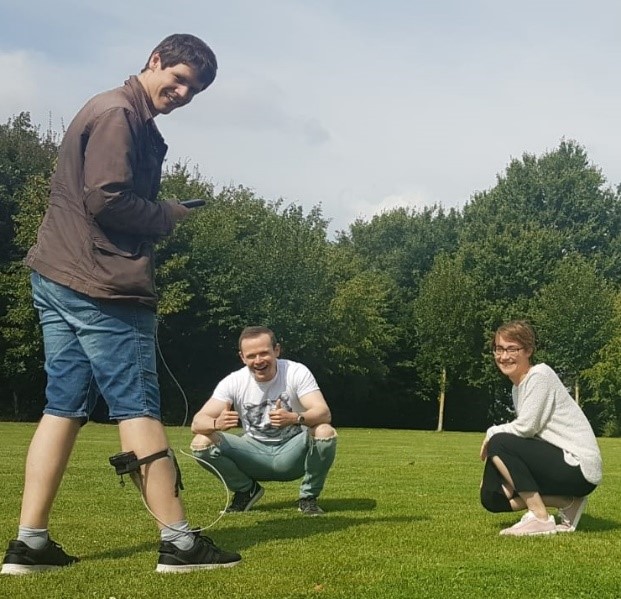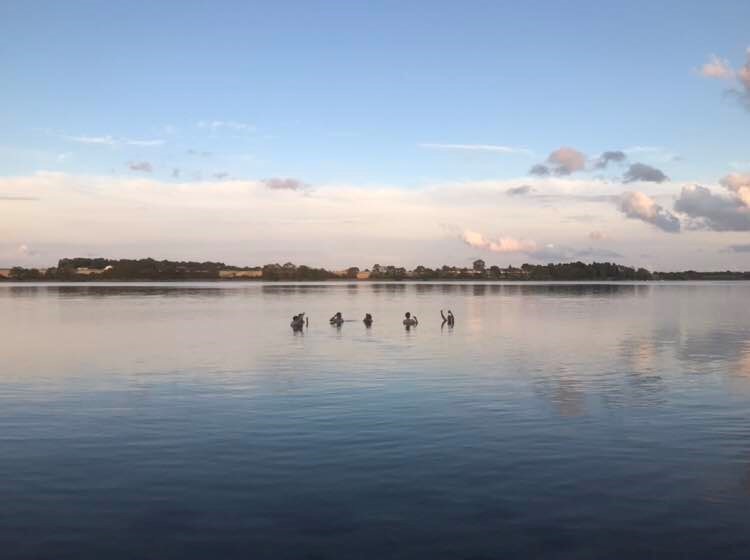Women’s Safety from Male Violence – A Societal Issue With Resonance Across Our Universities
As with many individuals and organisations, SGSSS wished to show our solidarity around the issue of women’s safety from gendered violence and, in particular, to highlight the specific connections to the places where we work and study. To this end, we have commissioned a blog from Professor Michele Burman to reflect on the most pressing priorities for our institutions. With a background in sociology, psychology, criminology and law, Michele Burman is a feminist criminologist, based at the University of Glasgow, with long-standing research interests in women and crime, and responses to gender-based violence.
Mhairi Mackenzie
Deputy Director SGSSS
Recent tragic events have forcefully reminded us once again of the threats posed to women’s safety from male violence, sexual harassment and street harassment. The death of Sarah Everard, abducted as she was walking home, has struck an angry chord with women of all ages and backgrounds, who have been recounting their own stories of harassment, victimisation and violence alongside their strategies of safe-keeping. What these stories tell us is that women’s fear is rational; it is based on our lived experiences and those of people close to us, and reflects our location in a gendered world.
For these reasons, it is vital to ensure that the safety of women and girls is kept high on the agenda in all of our social institutions. Not through knee jerk political posturing, or advising us to self-regulate our behaviour to stay safe. But through close attention to the voices of women and girls and the education of men and boys.
University can be a positive, empowering and enriching experience; a catalyst for intellectual growth and human development, and a place where lifetime friendships are made. But for students who experience gender-based violence, it can be devastating, with a raft of negative emotional and educational outcomes and disruptions. In a university setting, these consequences are compounded by the unique conditions of campus life. Survivors may face challenges related to living in close proximity to their abusers, may attend the same classes or belong to the same student organisations. Anonymity may prove impossible and academic performance reduced. Beyond the individual impacts, gender-based violence has damaging effects on the University and its wider campus community.
Universities are under obligation to ensure the safety of their students on campus, to investigate all allegations, and to prevent possible future incidents. Inadequate prevention and responses perpetuate the problem, putting other students at risk. Safety in and around campus must be a priority for universities, which should be places of safety, support and inspiration. A comprehensive approach is needed to effectively address gender-based violence, which includes developing strategies and policies that address the attitudes, norms, behaviours, and practices that condone it. Challenging gender-based violence in universities takes commitment and institutional courage, strong leadership and coalition-building between academics, professional services and, crucially, students. These partnerships are key for facilitating and supporting transformation in the complex and risk averse environments of higher education (Burman et al 2020).
There are growing efforts within Scottish universities, many of whom are working to challenge gender-based violence through policies and programmes on and around university campuses, and the introduction of specific initiatives to understand and address the problem within the university context. But as part of this, it is important to address the full spectrum of gender-based violence, including rape, domestic abuse, stalking, and anti-LGBTQI harassment within this ambit. All of these are features of students’ lives, damaging their opportunities to benefit fully from the transformative effects of higher education. Work is also needed that focuses on staff misconduct to students and to other staff, and the institutional responses to it. Moreover, an intersectional approach to addressing gender-based violence on campuses is needed, in order to understand how sex, race, religion, disability and sexual orientation, among other characteristics, intersect to exacerbate risk of such violence, and how such violence manifests and is experienced by different groups in our diverse campus communities.
References
Burman, M, Dawson, K. McDougall, L., Morton, K. and Nokhbatolfoghahai, F. (2020) ‘Building authentic partnerships for responding to gender‐based violence in universities’ in R. Lewis and S. Marine (eds.) Collaborating for change: Transforming cultures to end gender based violence in higher education Oxford: Oxford University Press












 Funding was secured and I was Canada-bound two years after I’d drunk coffee in that hot room and told somebody I wouldn’t dream of doing an OIV. The trip certainly lived up to my expectations. A lot of that was the result of some pretty detailed planning. In the lead-up to the OIV I’d worked with my host in Canada, my supervisors, a person I knew who’d been on an OIV before, my Uni HE admin, PhD peers and anybody who I thought might be able to add their tuppence-worth. It meant that I worked out in advance what I wanted to achieve
Funding was secured and I was Canada-bound two years after I’d drunk coffee in that hot room and told somebody I wouldn’t dream of doing an OIV. The trip certainly lived up to my expectations. A lot of that was the result of some pretty detailed planning. In the lead-up to the OIV I’d worked with my host in Canada, my supervisors, a person I knew who’d been on an OIV before, my Uni HE admin, PhD peers and anybody who I thought might be able to add their tuppence-worth. It meant that I worked out in advance what I wanted to achieve